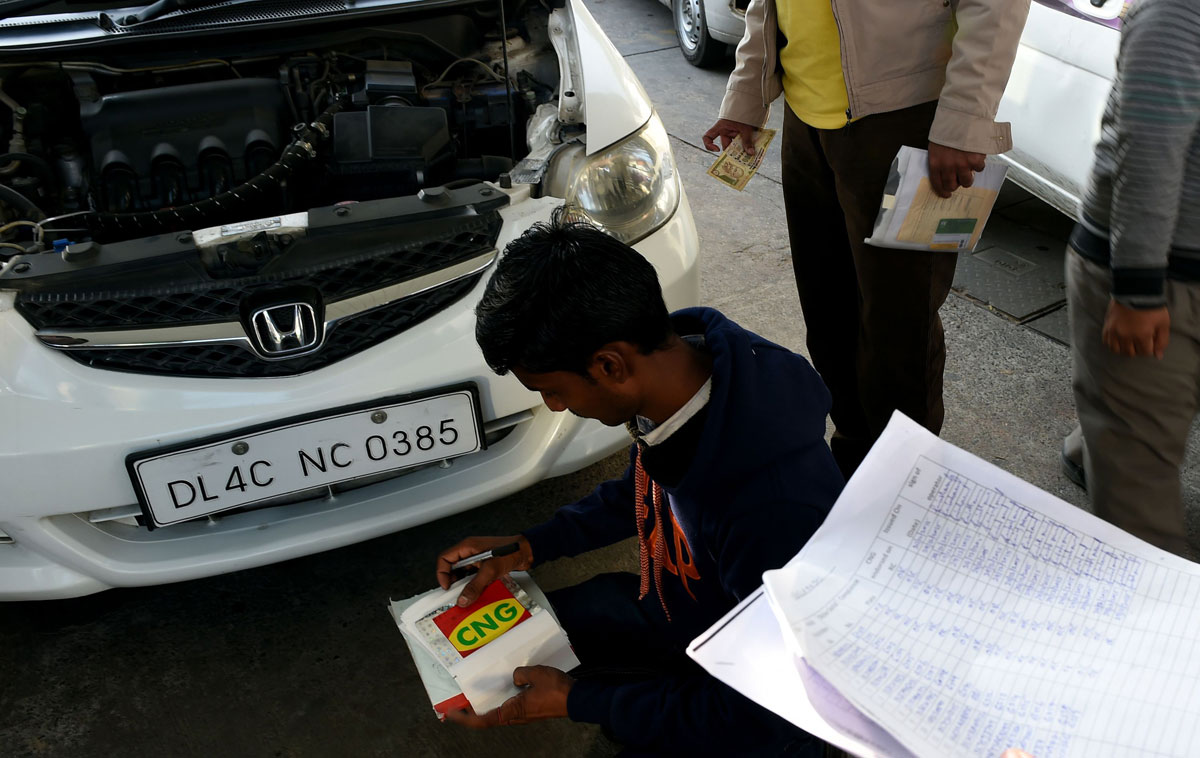ODD-EVEN SILVER LINING
File photo of an Indian worker as he notes down the details of a vehicle that shows it runs on compressed natural gas (CNG) after checks at a pump in New Delhi. Private cars, in New Delhi, were banned from the roads on alternate days, apart some exceptions such as those that run on CNG, as part of a slew of measures aimed at reducing smog levels that include shutting some coal-fired power plants and vacuuming roads to reduce dust. (Money Sharma | AFP | Getty Images)
The criticism of Arvind Kejriwal’s odd-even rule is mounting. There is no evidence of any perceptible decline in pollution as two-wheelers, that form the bulk of vehicles on Delhi’s roads, are exempt. Many sections of the population such as senior citizens and school children are massively inconvenienced. Doctors, lawyers, even MPs, are bitter. But there is a silver lining to this cloud, writes Siddharth Srivastava. (@Siliconeer, #Siliconeer, #oddeven, @arvindkejriwal, #arvindkejriwal, #aap, #aamaadmiparty, #delhi, #pollution)
Peak summer temperatures are not helping matters, with a shoddy public transport system and no protection against the scorching heat. Questions are being raised about taxpayers’ money being wasted by the Delhi government to promote the hare-brained scheme. Kejriwal, himself, is digging for explanations. One is reduction in congestion, which is a complete shift from the original intent – to make Delhi’s air clean.
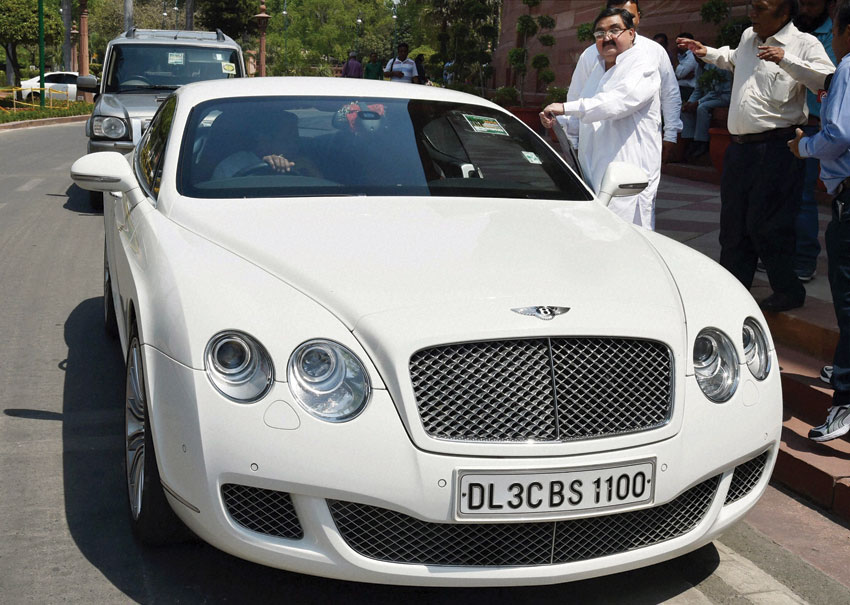
Experts say the solution to Delhi’s problem is much more complex than just banning cars, which can only be an emergency measure. The first phase of odd-even in January was justified as the winter smog had caused an alarming spike in pollution levels that hurt children and the elderly the most. Summers are different. Indeed, to change Delhi for the better, the Kejriwal government needs to focus on building infrastructure, roads, pedestrian paths, public transport, alternate cleaner ways of travel such as bicycles.
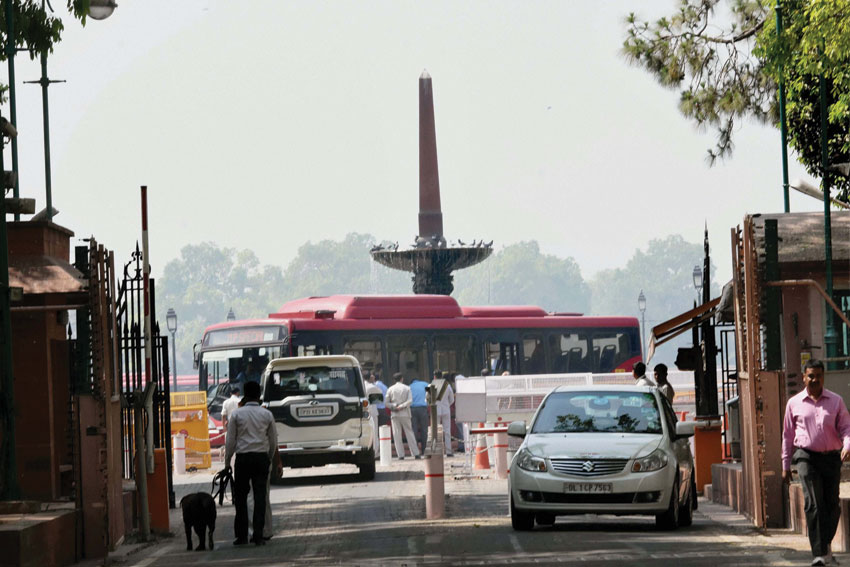
However, there has been one positive impact of the second phase of odd-even from April 15 to the end of the month that probably deserves more attention than it has. It is the rise in number of private vehicles running on cleaner fuel CNG, instead of petrol or diesel. Talk by the Delhi government that the odd-even rule may be made permanent has led to more conversions happenings. According to official figures, the number of additional petrol or diesel cars running on CNG in Delhi has shot up from 2,500 to 5,000 per month.
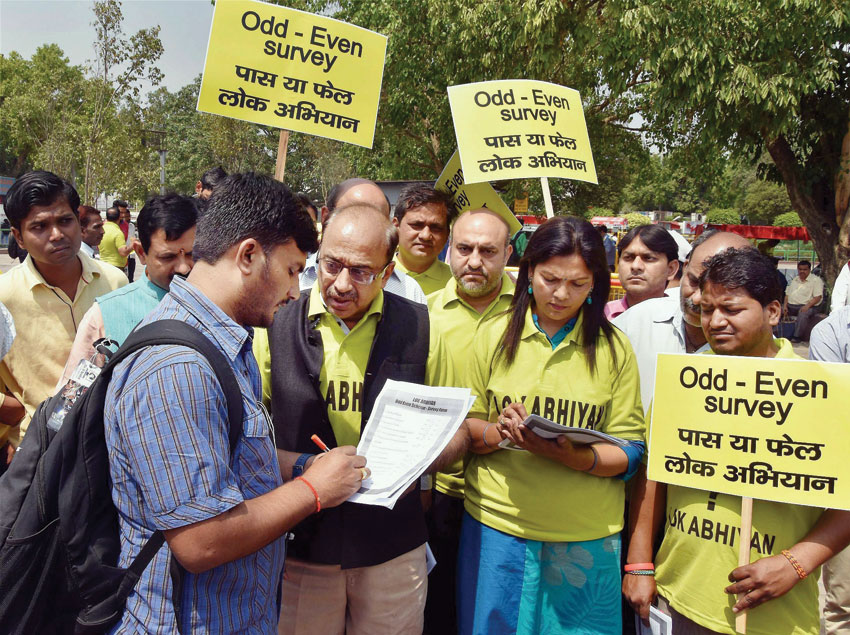
Sales of CNG has also risen sharply. According to Narendra Kumar, managing director, Indraprastha Gas Ltd (IGL), “We had an average CNG sale of 23.5-24 lakh kg per day in 2015-16. On Monday (April 18), which was the first full working day of the odd-even restricted plying rule, we saw sale volumes jump to 26.7 lakh. This is the highest ever sale we have ever achieved. In 2015-16 we had a growth of 3-4% in CNG consumption. This year (April 2016 to March 2017), we expect a growth rate of 8-10%.”
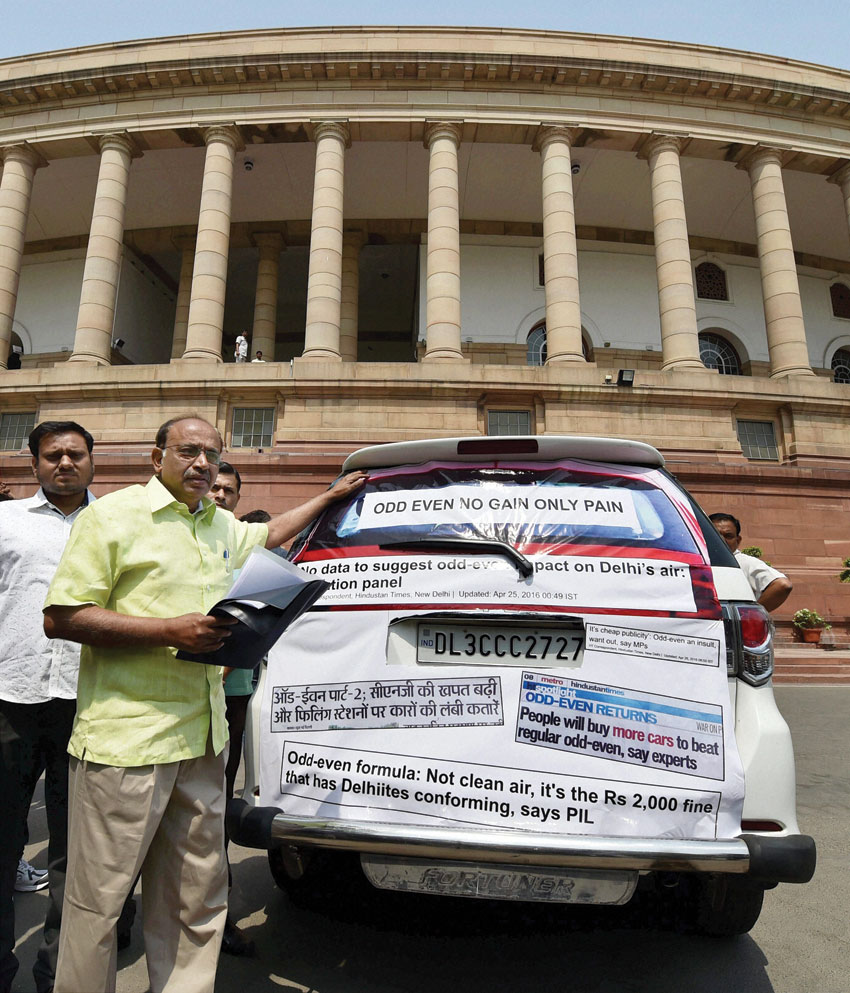
IGL, the only supplier of CNG to automobiles and piped cooking gas in the national capital region, is the country’s largest CNG retailer. IGL is ramping up CNG dispensing stations at a feverish pace to meet demand. Delhi already boasts the world’s highest number of CNG stations. “Last year we had 324 CNG stations. From January, we have embarked on setting up 90 new stations and in about 100 days we have set up 55, which is one station every two days. The remaining CNG stations would be set up by May. No city has ever expanded its network by more than 30 stations in a year,” Kumar said.
Analysts say Narendra Modi has been lucky with low inflation figures due to the slump in global oil and gas prices that have coincided with his becoming Prime Minister of India. As India imports more than 80% of the oil it consumes, there has been a massive saving in foreign exchange outflow as well. According to latest official figures, India imported 202 million metric tons of crude oil in 2015-16, nearly 7% higher in volume, but paid just $64 billion, 43% lower, due to the global oil collapse. Indeed, even if Kejriwal might not have accounted for the development, the low price of gas is making the conversion to CNG more palatable for car users. India consumed 3,175 million metric standard cubic meters of natural gas in February, compared with 2,666 mmscm in the year-ago period. Given declining domestic production, bulk of consumption growth is due to increased imports of LNG that jumped to 1,788 mmscm in February from 1,100 mmscm a year ago.
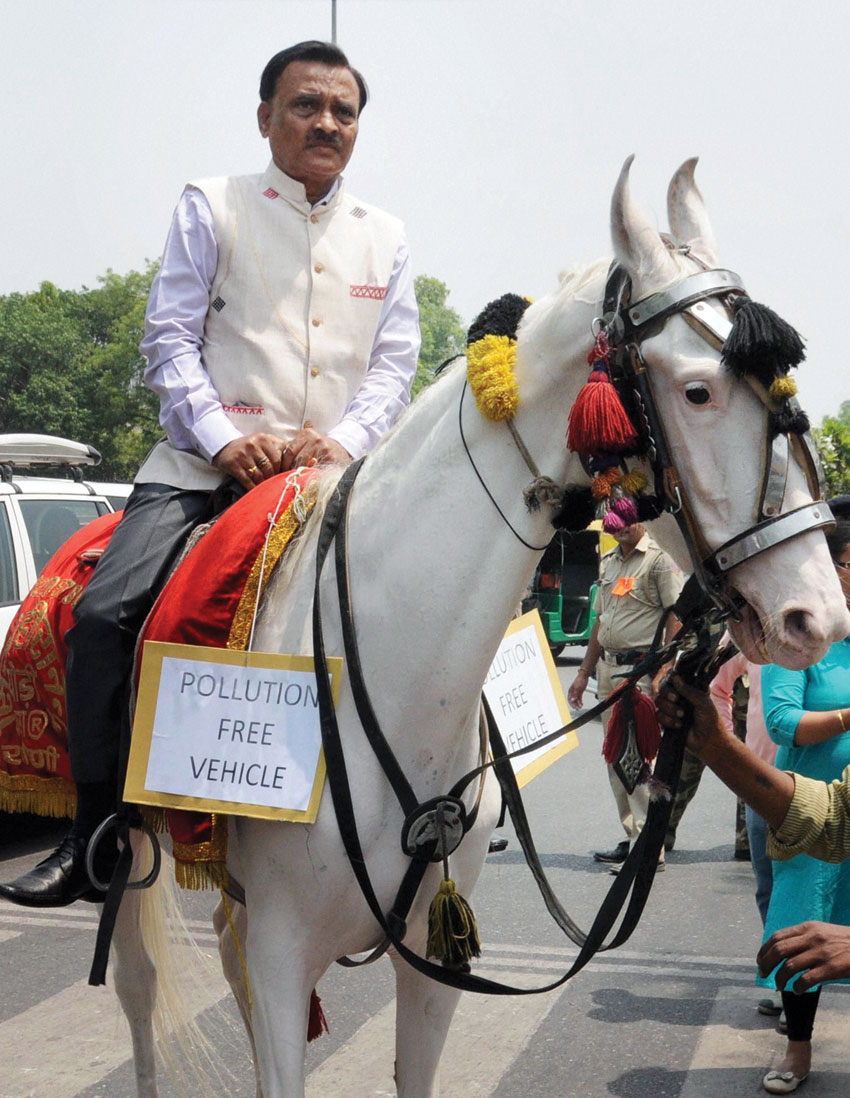
India is likely to consume even more gas as price of domestically produced natural gas in the country was cut by 20% for the six months beginning April 1, 2016, in keeping with declining global rates. Domestic gas prices will now be $3.06 per unit, lower than US $3.82 per unit for the earlier six-month October-March period.
This is the third straight cut since April 2015. Accordingly IGL has passed on the benefit to consumers from April 1. India has also favorably renegotiated a long-term contract to import gas in the form of LNG from Qatar. Before the first phase of odd-even, Kejriwal said he has been forced to implement the drastic curbs, the full consequences of which will only be clear later. Some have said that shutting out cars could actually propel the government towards ramping up Delhi’s public transport. The conversion to CNG is one immediate consequence that perhaps needs to be studied more closely before dismissing the odd-even as a failed attention seeking experiment of the Kejriwal government.
